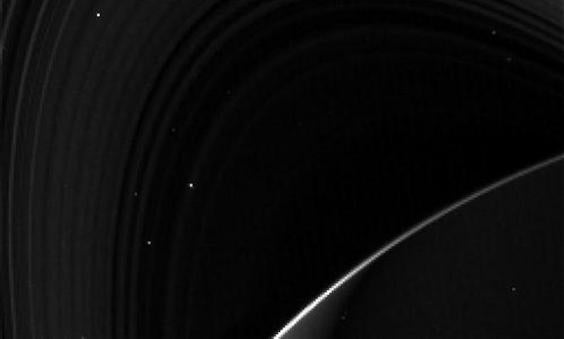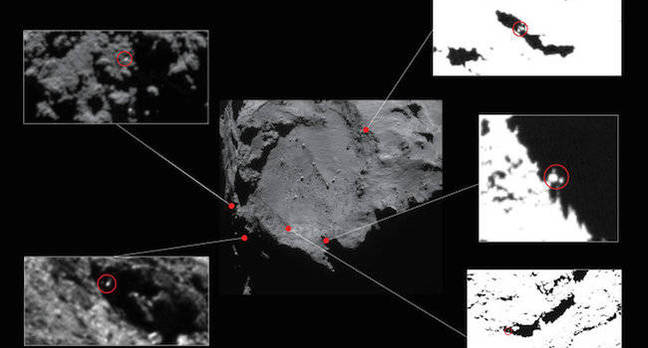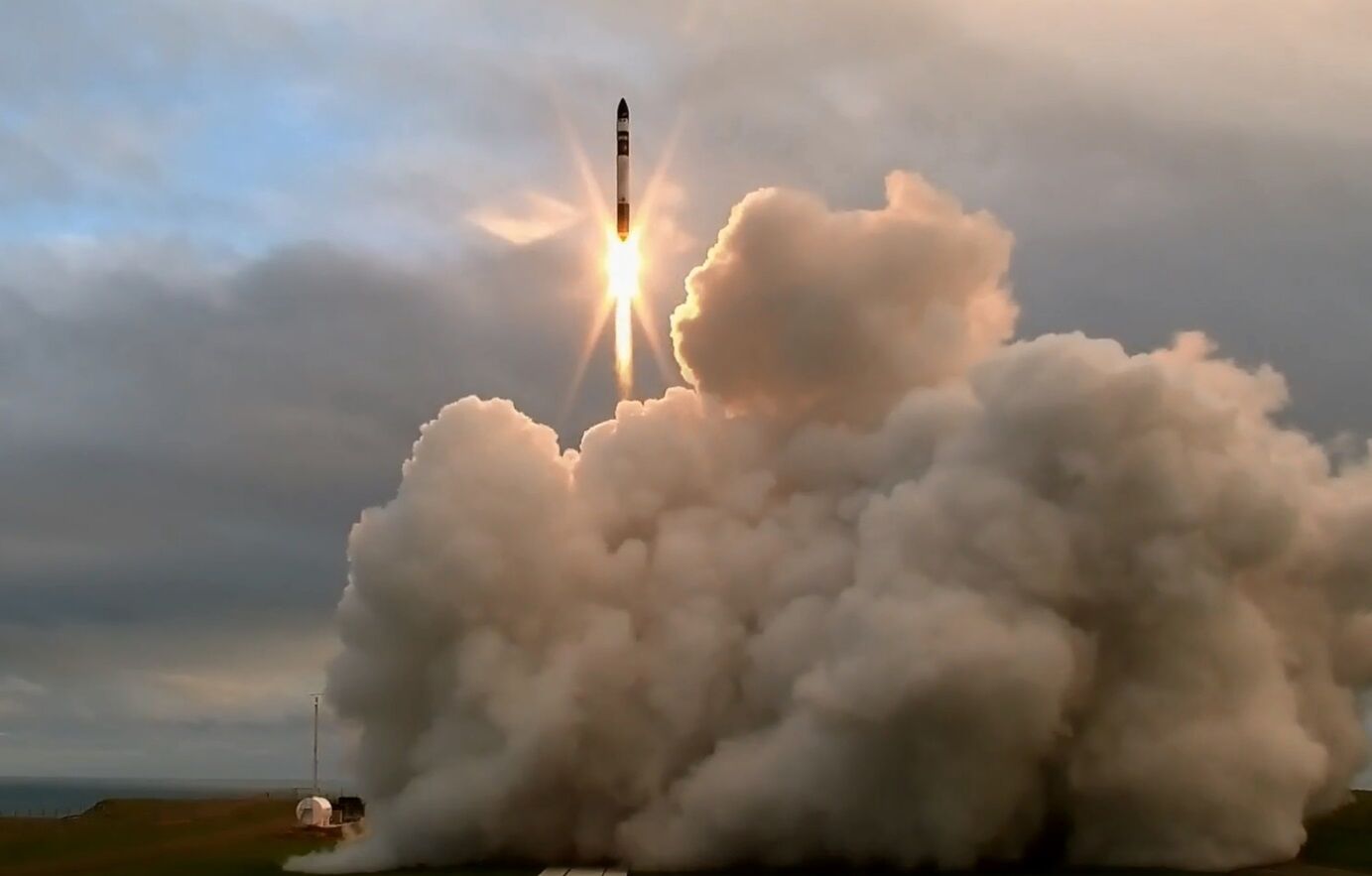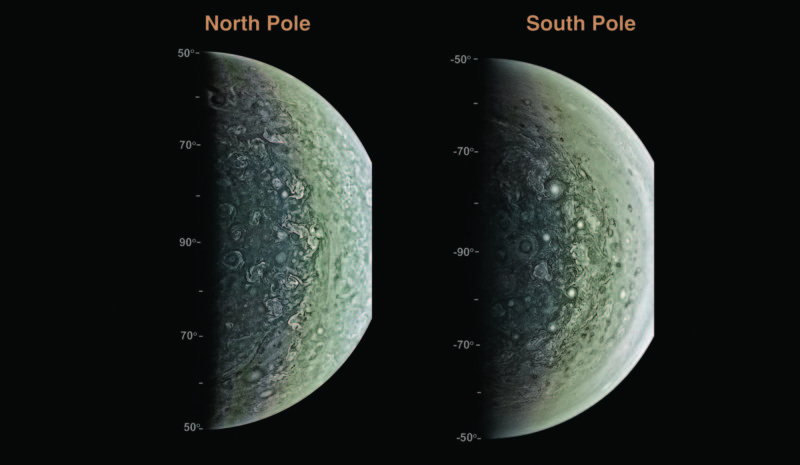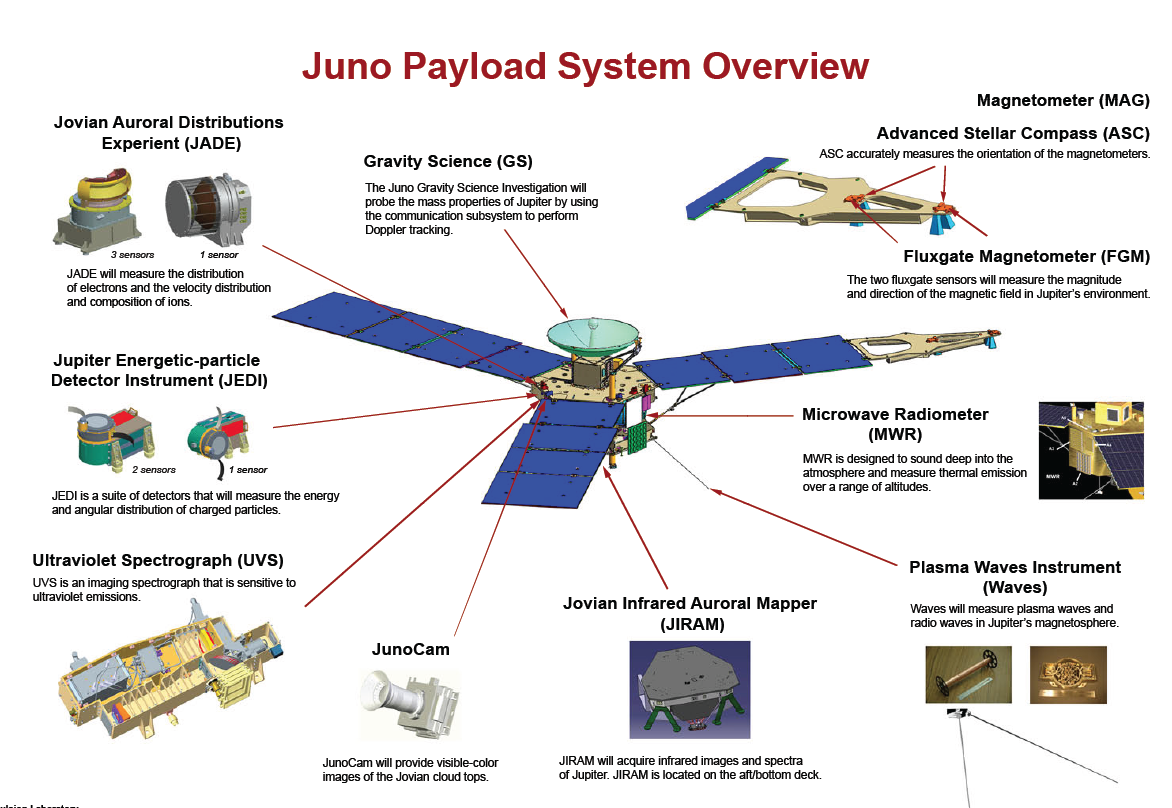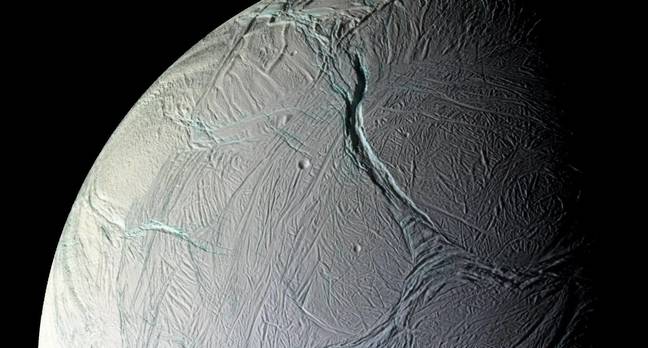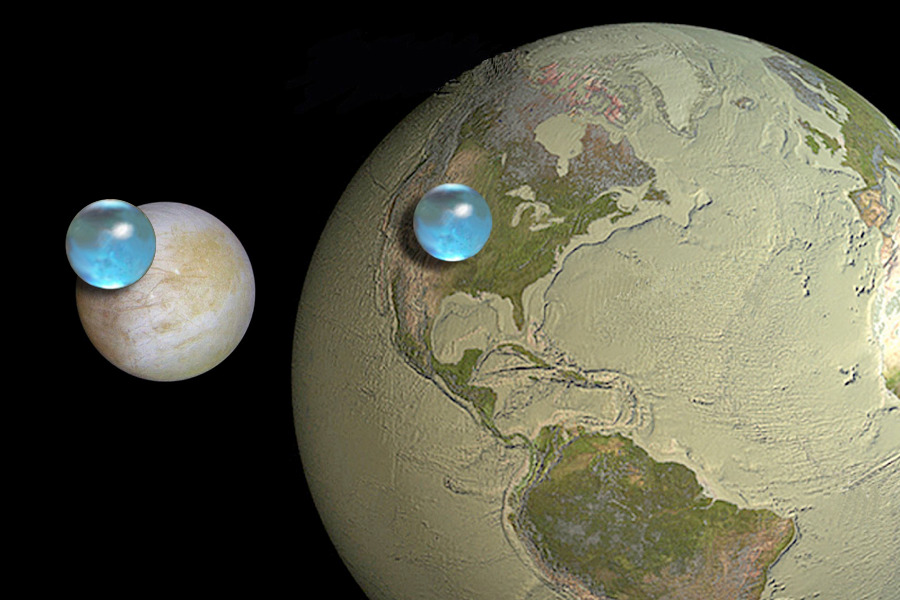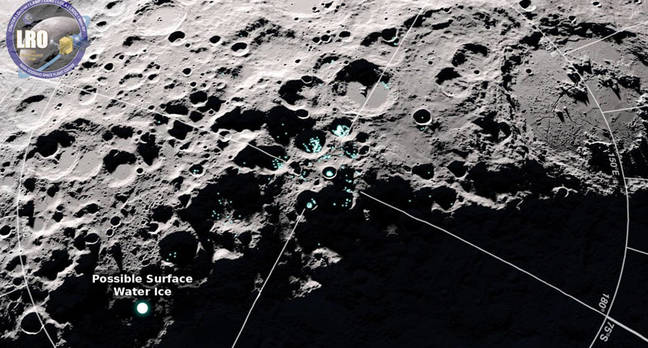Scientists are announcing a rare look into the atmosphere of a distant exoplanet more than 400 light years away. The planet is roughly Neptune-sized and orbits close to its host star. And now we know its atmosphere contains significant amounts of water.
Significant amounts, but not quite as much as we might expect, based on what we've seen in our own Solar System. And that suggests that most of the planet's atmosphere is the original hydrogen-helium mixture that it formed with.
The planet has the catchy name HAT-P-26b, which indicates it was first found by the
Hungarian-made Automated Telescope (HAT) Network. It's typical of many of the early exoplanet spottings: a relatively large planet orbiting close to its host star. So close, in fact, that it takes only a bit over four days to complete an orbit. While its mass is similar to Neptune's, its radius is substantially larger, at about 40,000 kilometers compared to Neptune's 25,000.
The large size comes from two factors: there's a lot of atmosphere, and the planet's proximity to its star means that the atmosphere has expanded due to the heat. In fact, its equilibrium temperature is a toasty 1,000 Kelvin.



